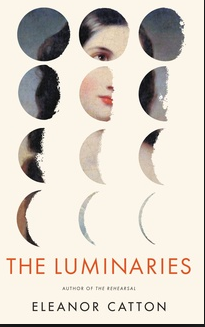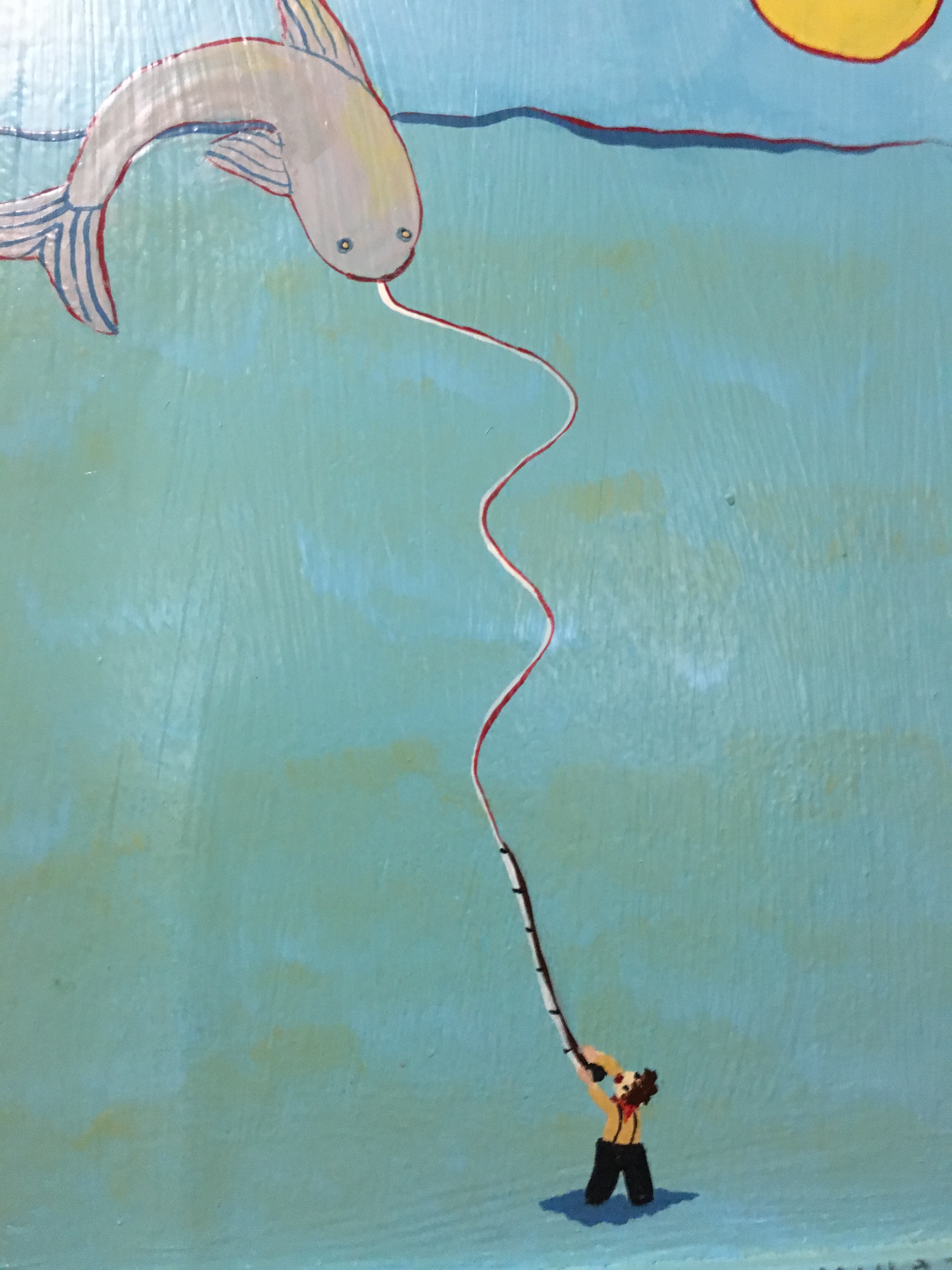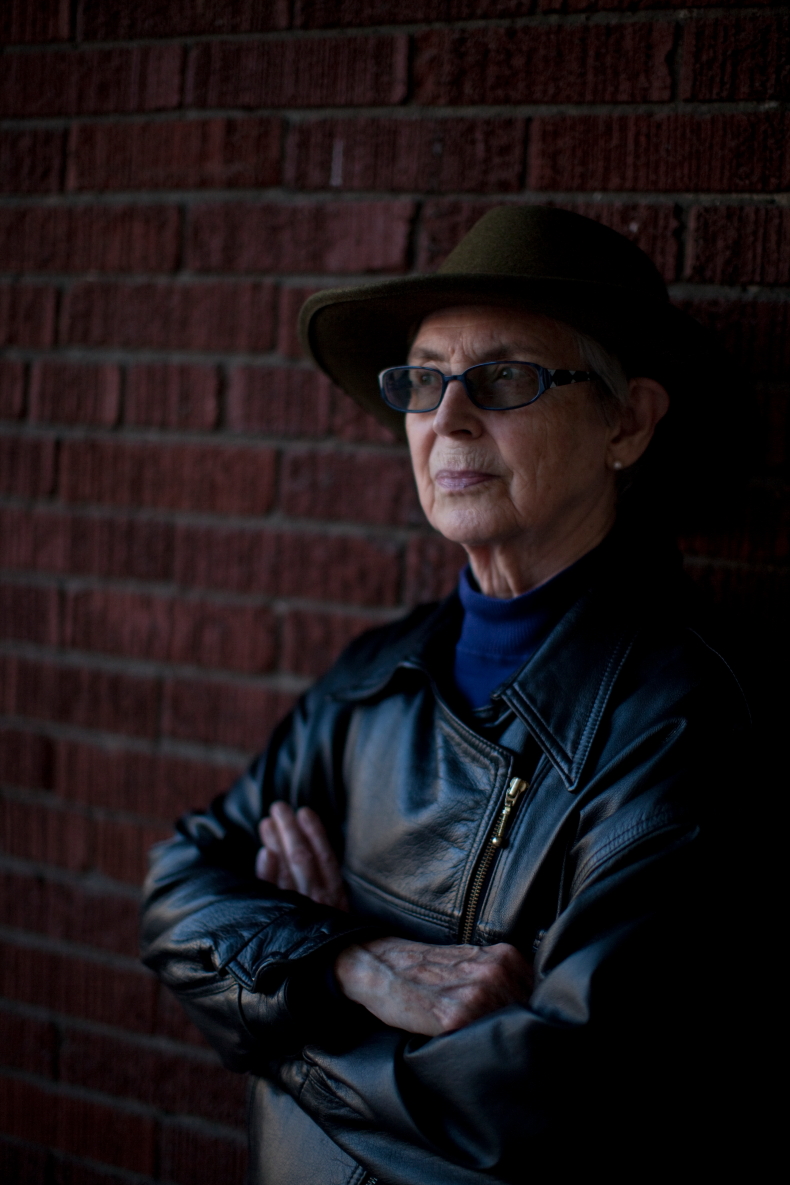
Olividala! Forget her. That girl we hardly knew, the one who kept the daily writings, so she could remember the past and find herself. Let’s send the past to Iron Mountain and look toward the future.
This blog is called 115journals because that is the number of journals I had when I started it. My idea was that keeping a journal and reading could help us change. Last week I had 150. Most of them have since gone to Iron Mountain.
It is charming to think of the mostly black, hard-covered volumes striking out with backpacks and water bottles into China’s mountain ranges in search a cave-dwelling guru, a Master Journal who would continue their enlightenment.
In fact, Iron Mountain allegedly had a half-price sale, and Mohammad A. brought a trolley and wheeled them down in the elevator,13 stories, and out to his SUV.
They were a weighty lot. Each non-acid sketch book cost me $10 or more . Dating from 1978, the first few were poetry. Most of my days for 42 years began with half an hour journal writing. If nothing else, they were a record of the weather in the world at large and in my mind. They were also clear evidence that I didn’t know what I thought until I wrote it down.
They began, of course, in agony, but this is a happy story.
The trolley trip cost $25 and the cost per pound (what? not per kilo) was $228. Reportedly, I saved $24.96, which is, by no means, 50%. I didn’t question that, anymore than I would have questioned the vet’s price for’ putting down’ a beloved pet.
I have had a very hard week – losing a bag of wine and expensive pharmaceuticals, losing an extremely important e-mail. After embroiling Uber and the e-mail sender in futile searches, I found them both under my nose.
Youngsters would make nothing of such lapses, but really old people line up and bash on the doors of locked wards. ‘Save me. Save me.’
It was a week that could make anyone cry, but I wept non-stop until my new, cataract-free lens swelled up again, and my drooping eyelids dampered my vision. I wasn’t crying about the 42 years of my life, which I now had no way of recalling. No. (I kept saying to me.)
Getting the 150 books out of their bulging bookcase in my bedroom was like selling my low-mileage 2018 Corolla. (Did you know it’s a good year to sell a car.) The Corolla got me out of debt and paid an excellent editor to edit my new novel I Trust You to Kill Me, set in Colombia in 2120.
There will be 2 more books in the series, which will end in about 2180. But how will it end? Optimistically or the other?
I actually didn’t know until I had a house full of visitors. A bizarre twist and a whole new perspective presented itself. What if there was a third way to end. I hope I memorized the detail.
It is not an S&M book.
Alena, the protagonist is an intelligence agent, who has been taught to say, “I Trust You to Kill Me” to a fellow agent if she is badly wounded, in order to save the mission. It also comes in handy in a dying civilization when you can’t endure further catastrophe.
I don’t have a real file-cabinet anymore. Life has down-sized me to a one-bedroom apartment. I put my research and plan files into boxes I buy in dollar stores. They are now stored on the otherwise empty bookcase in my bedroom.
Don’t cry for me, little black books,
I’ve gone on and
You know that I’ll always love you
Through the all lean years and the mean years
Until we’re make the NY
Times.
Thank you for following. Leave your email address at joyce@joycehowe.com
for a chance to win a FREE e-copy of I Trust You to Kill Me in a monthly draw




 Now What Am I Going to Do? by Sheila Maloney
Now What Am I Going to Do? by Sheila Maloney
